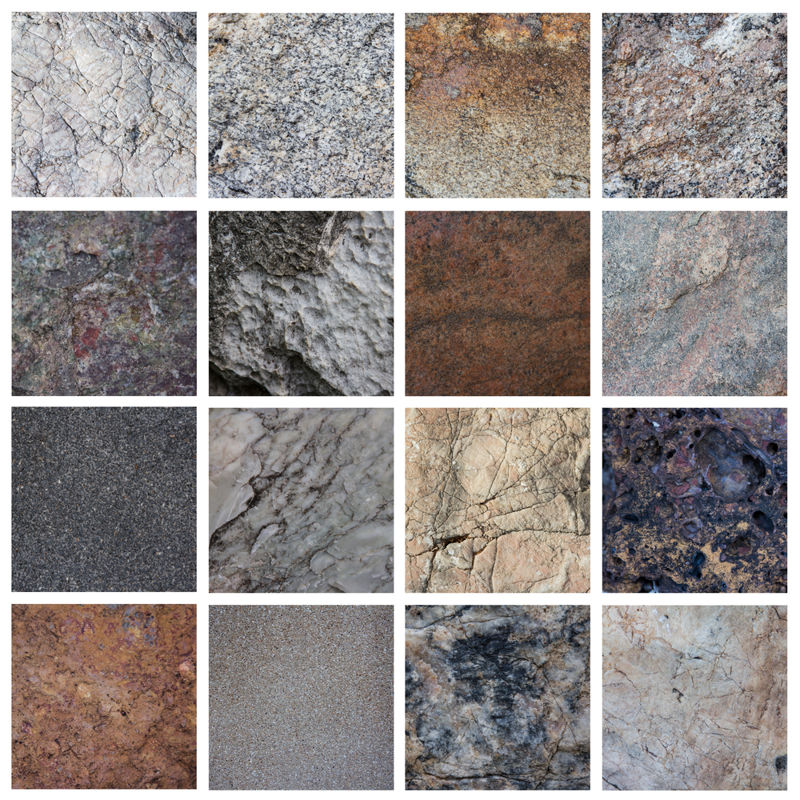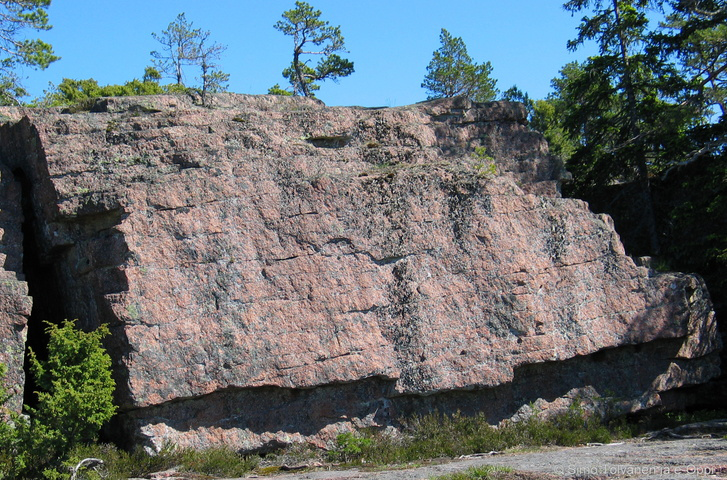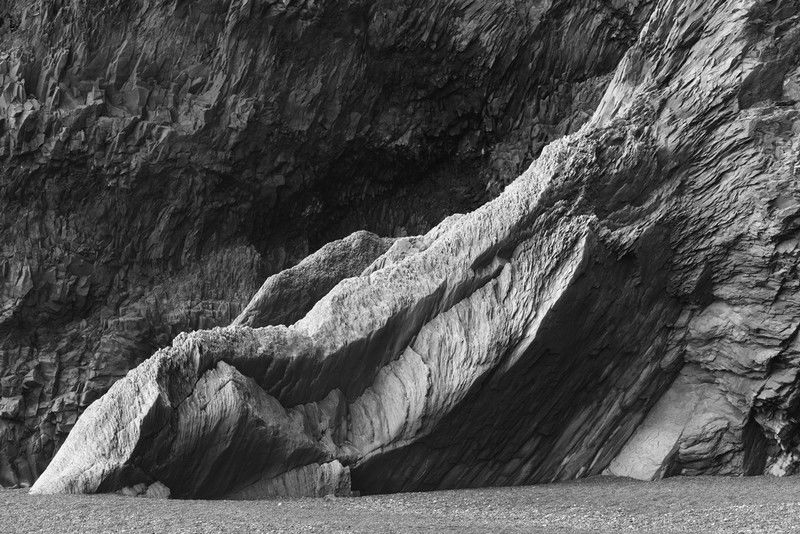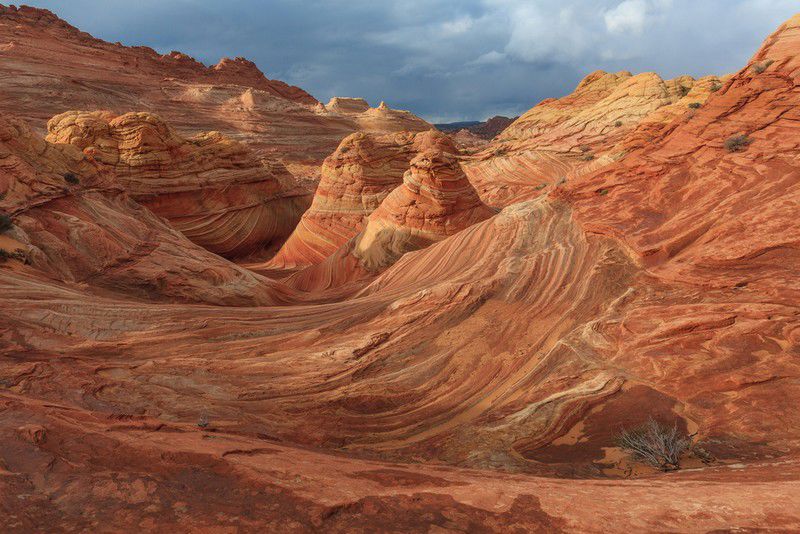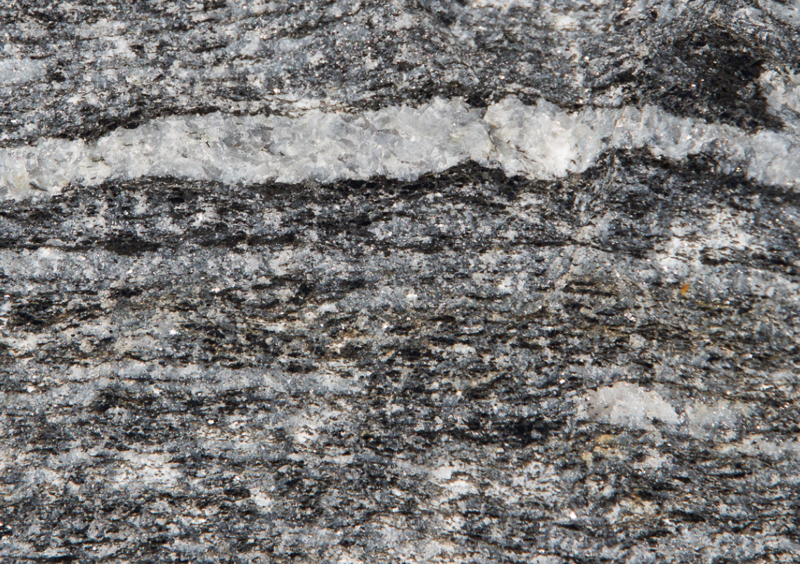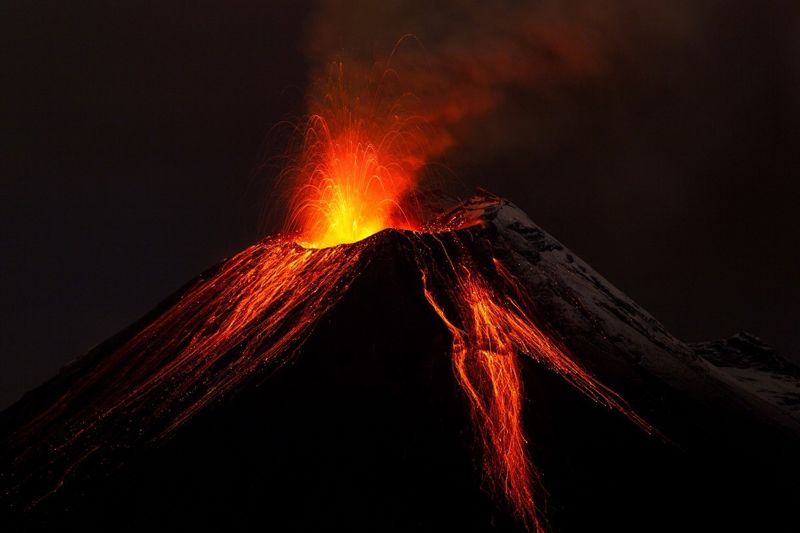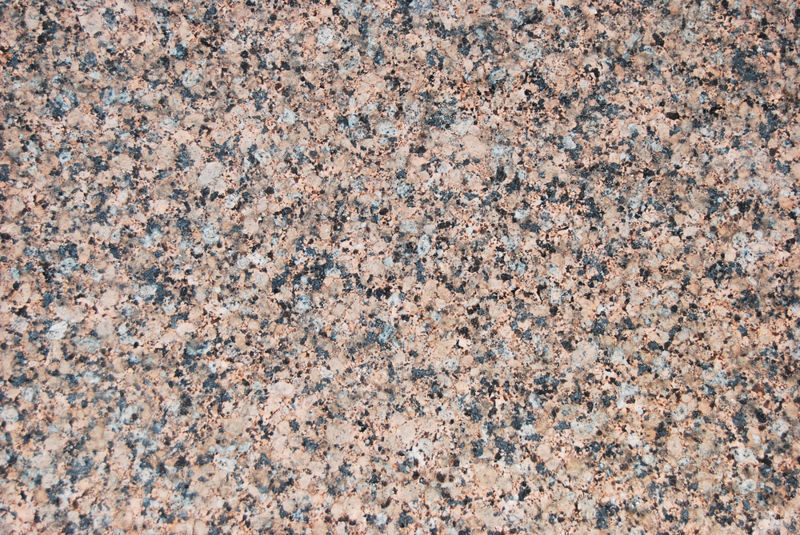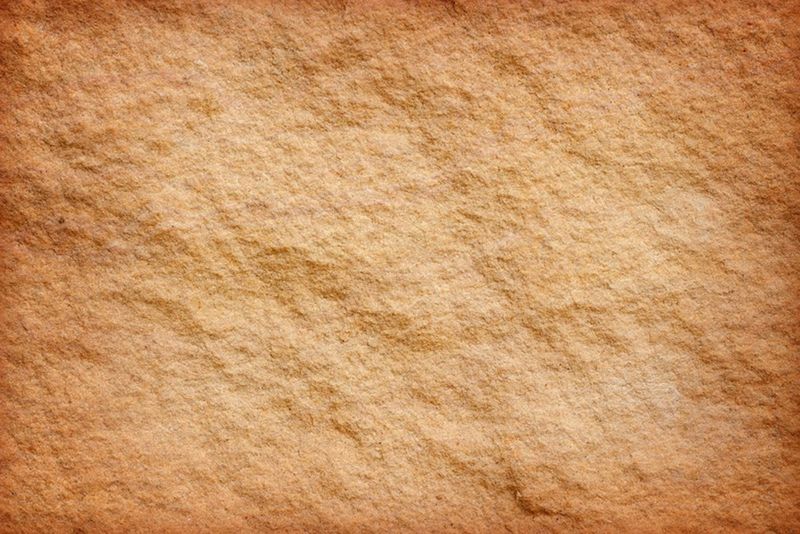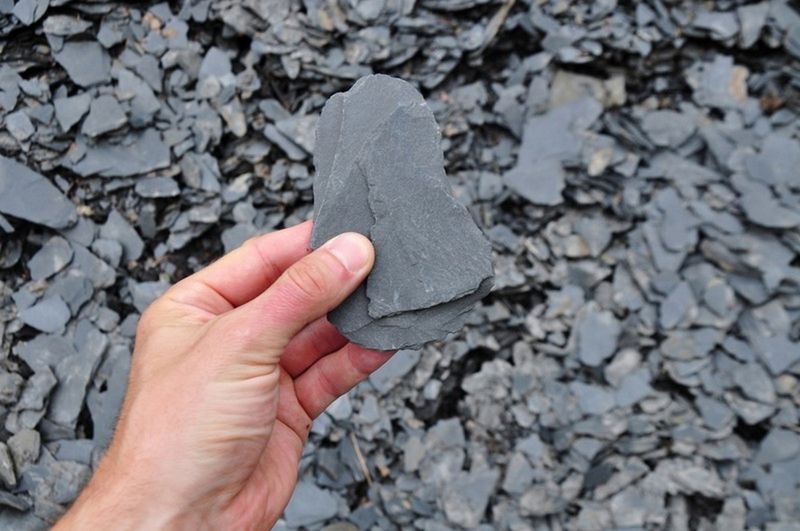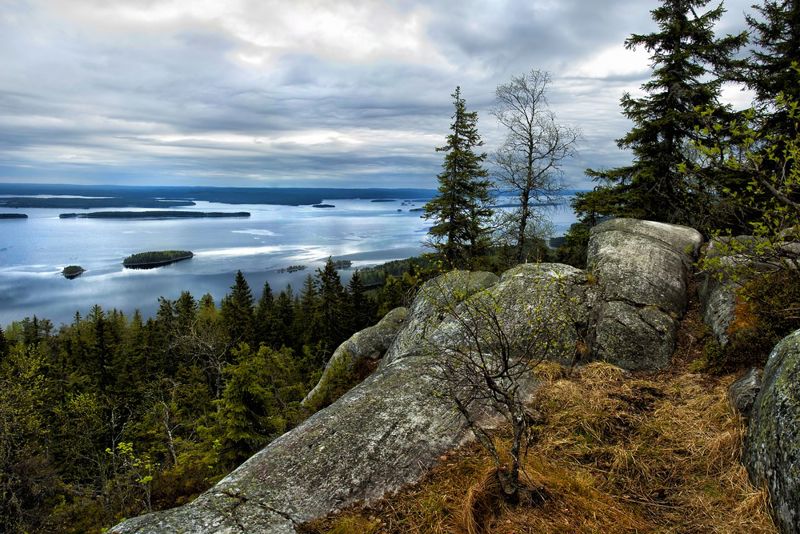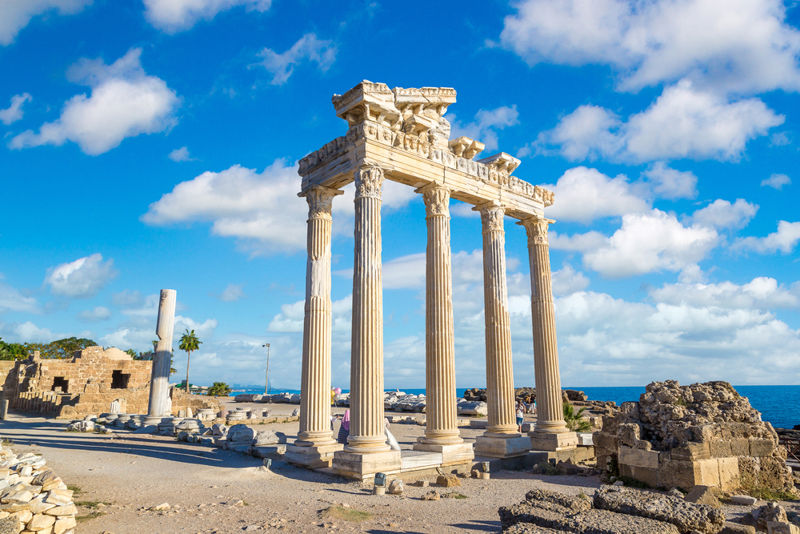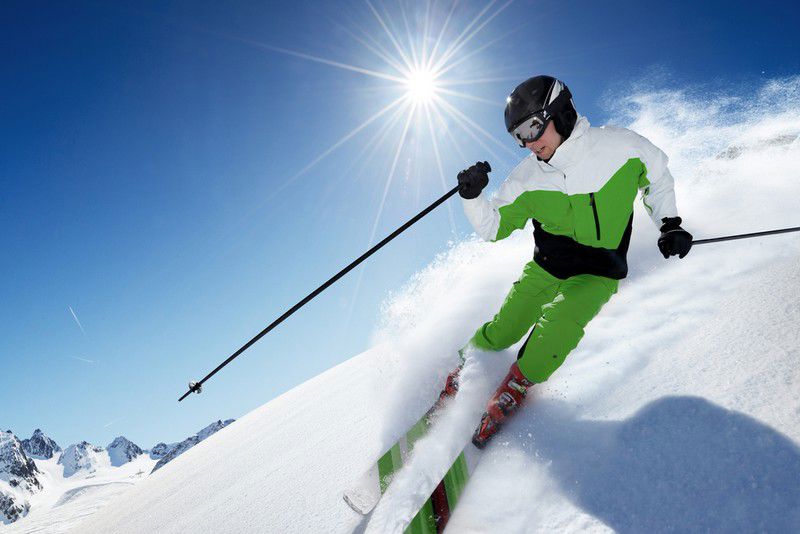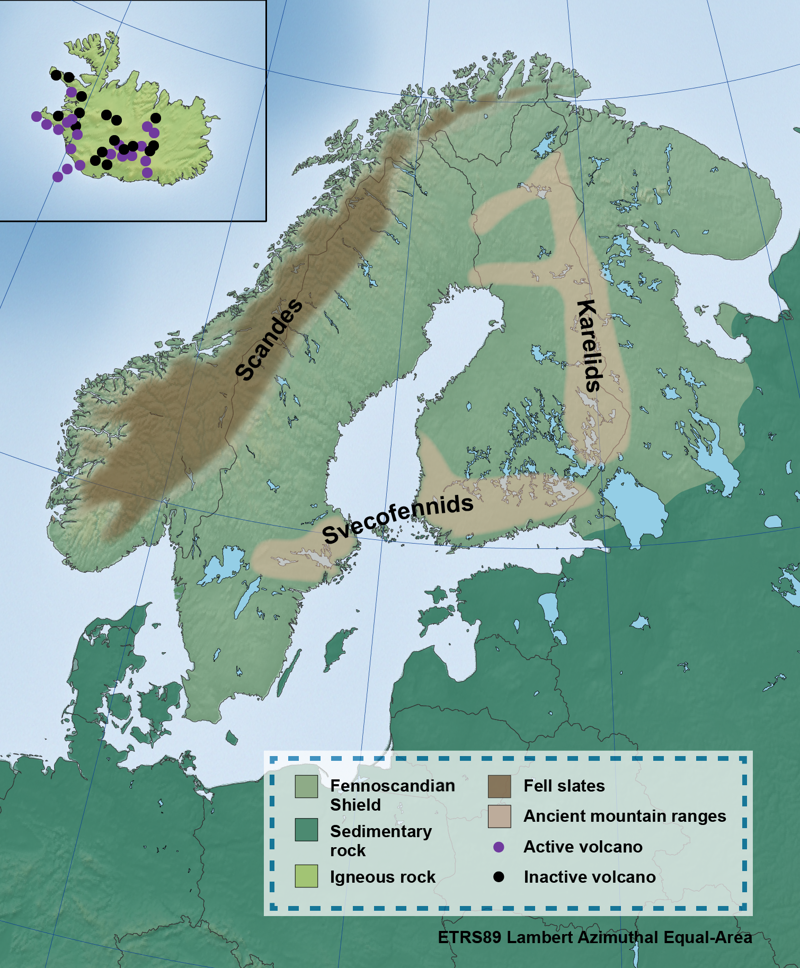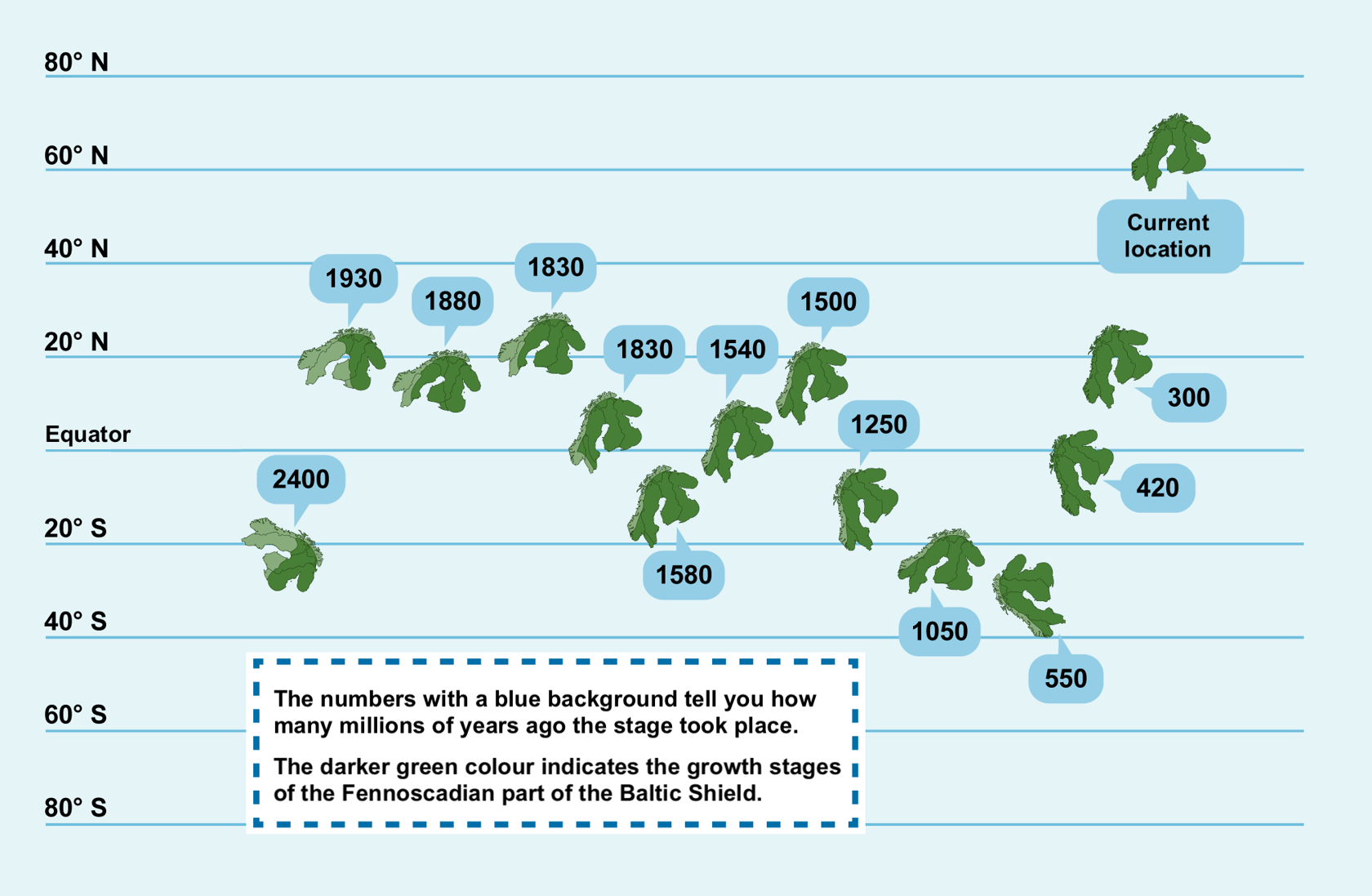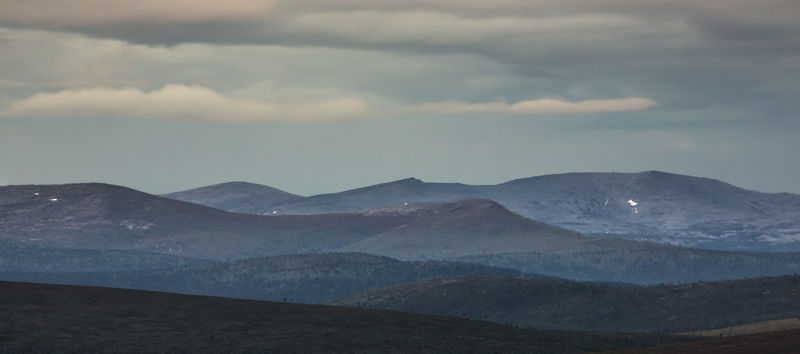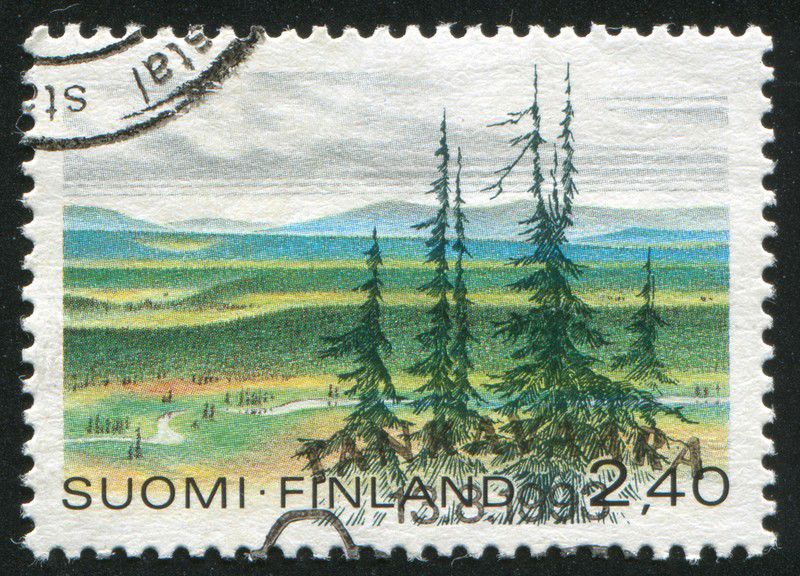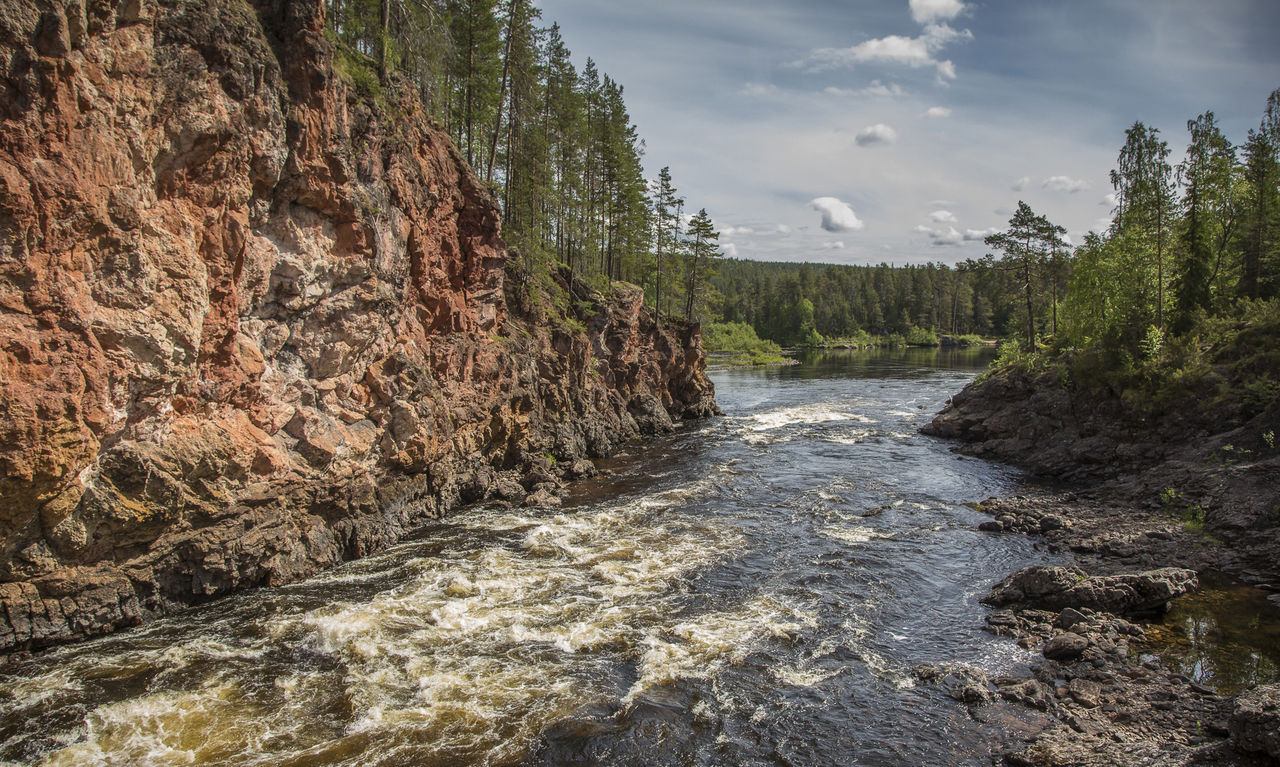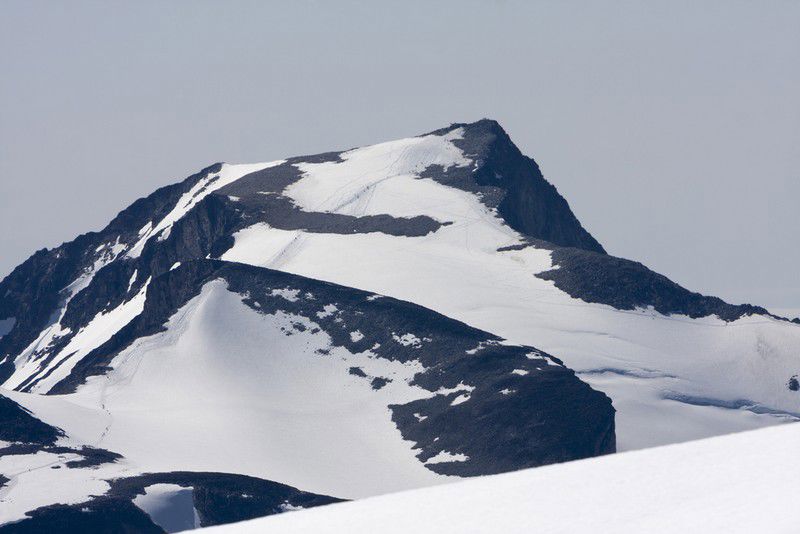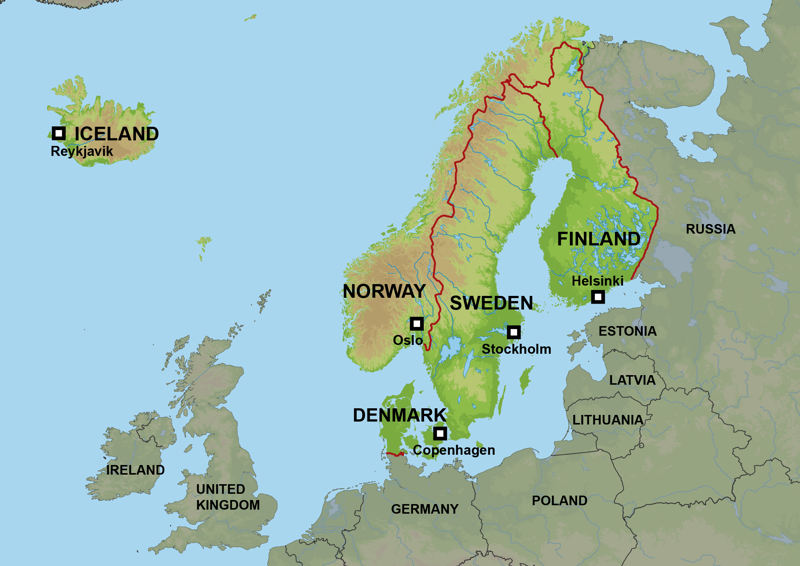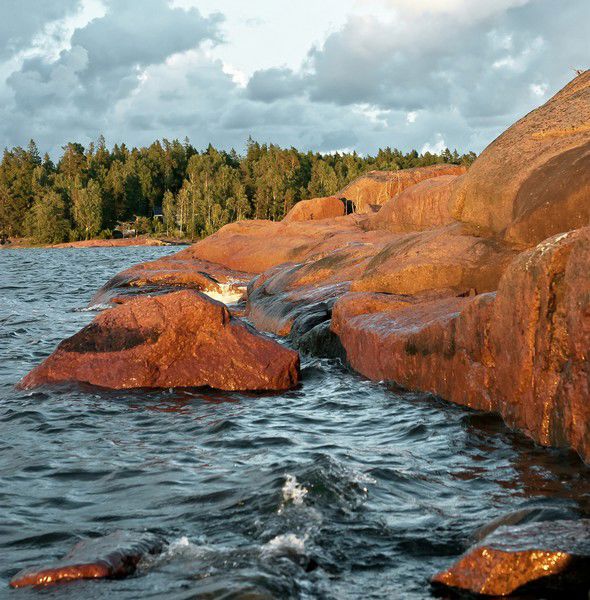Finland belongs to the same bedrock zone with the majority of Northern and Eastern Europe. Geologically speaking, it is among the oldest regions of Europe.
The majority of Finland's bedrock is estimated to have formed approximately 3 000 – 1 400 million years ago. This old, sturdy type of bedrock is found only in Fennoscandia. Elsewhere, it is covered by younger types of rock.
The region of the Baltic or Fennoscandian Shield covers an area from the Atlantic Ocean to the White Sea. Its north-eastern border can be seen on the slopes of the Saana fell in Northern Finland. Currently, the bedrock of Fennoscandia is relatively peaceful and flat. However, this was not always the case.
Some types of rock have formed when molten rock or magma has cooled down. Other types of rock, such as gneiss and mica schist, have been formed at the same time as the orogenic mountain ranges were created. When the age of such rock types can be determined, the age of different mountain ranges becomes clear.
Approximately 1 900 million years ago, Finland was located in a zone near the border of two tectonic plates. As the tectonic plates moved, they created two large mountain ranges: the Karelids and the Svecofennids. A long time ago, they were at least as tall as the Scandes are today.
The Karelids covered the area from Southwest Finland to Lapland, whereas the Svecofennids ran through Sweden and Southern Finland. Many Finnish hills and fells are the remnants of these ancient mountain ranges.
